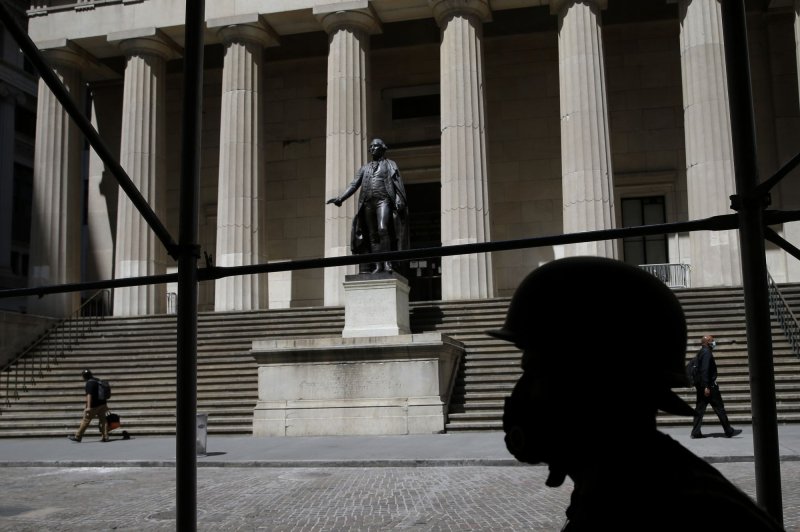
FREDERICTON — A doctor who runs a private abortion clinic in Fredericton says he can't afford to continue subsidizing the service and is leaving the practice for another job at the end of this month.
Dr. Adrian Edgar says he's applied for a contract with the military, and Clinic 554 — the former Morgentaler Clinic — is still for sale more than a year after it was put on the market.
Edgar said when he bought the building six years ago, he assumed the province would take over the majority of the service.
"I've had to continue to subsidize the health care for an entire operating room. That's not possible," he said in an interview Saturday.
"I haven't been able to make a payment on my student debt for six years. I only can pay the interest. I don't pay myself frequently. I make about a third of what any other family doctor should be making in this province," he said.
For years, the clinic has blamed its impending closure on a long-standing provincial refusal to fund surgical abortions performed outside a hospital.
After Fredericton's Morgentaler clinic closed in 2014, citing lack of provincial funding, the Liberal government of the day removed a regulation requiring women seeking hospital abortions to have two doctors certify the procedure as medically necessary. But the regulation limiting funding to abortions performed in hospitals remained.
Edgar said many of his patients can't afford the procedure, which costs between $700 and $850, and expenses have become too great for him to keep the clinic open.
Edgar said until it's sold, the facility is available if the lobby group Reproductive Justice New Brunswick can recruit another doctor, or if another physician wants it for a family practice.
"I see no reason for health care not to continue there, but I can't be the one to keep it up," he said.
Edgar provided a full range of reproductive health services, along with a family practice and care for members of the LGBTQ community.
About two dozen people staged a quiet demonstration in front of the New Brunswick legislature Saturday, accusing the province of violating the Canada Health Act.
"Clinic 554 is a symptom of the fact that we have an unconstitutional regulation that doesn't provide medicare funding for abortions out of hospitals. We're kind of mourning the life of reproductive rights for people of this province as well," said Kerri Froc, an associate professor of law at the University of New Brunswick.
"We're tired of having to fight this fight over and over again. At some point the government has to give its head a shake and say we're going to comply with the law," she said.
The government has repeatedly defended its position, saying it provides access to abortion services at the Moncton Hospital, Dr. Georges-L.-Dumont University Hospital Centre in Moncton and the Chaleur Regional Hospital in Bathurst.
But Green Leader David Coon — who attended the rally — said that's just not good enough.
"To restrict access to abortion services to two locations in Moncton in the southeast of the province and in Bathurst in the north of the province is unjust," Coon said.
Earlier in the week, the president of the New Brunswick Medical Society issued a statement in support of Clinic 554, and urging the government to fund out-of-hospital surgical abortions.
"Clinic 554 provides a safe environment for abortions and reproductive care, it is a health resource for LGBTQ patients across New Brunswick, and it serves as a family practice for thousands of patients. It is a valuable part of our health system and must be maintained," wrote Dr. Chris Goodyear.
The Progressive Conservative government of Premier Blaine Higgs won a majority in the provincial election earlier this month, and a new cabinet will be sworn-in on Tuesday.
Edgar said he doesn't expect a new position on abortions from the new health minister.
"I think the new health minister will say nothing because this government just seems to abdicate its responsibility for health care when it comes to abortion," he said.
This report by The Canadian Press was first published Sept. 26, 2020.
Kevin Bissett, The Canadian Press























